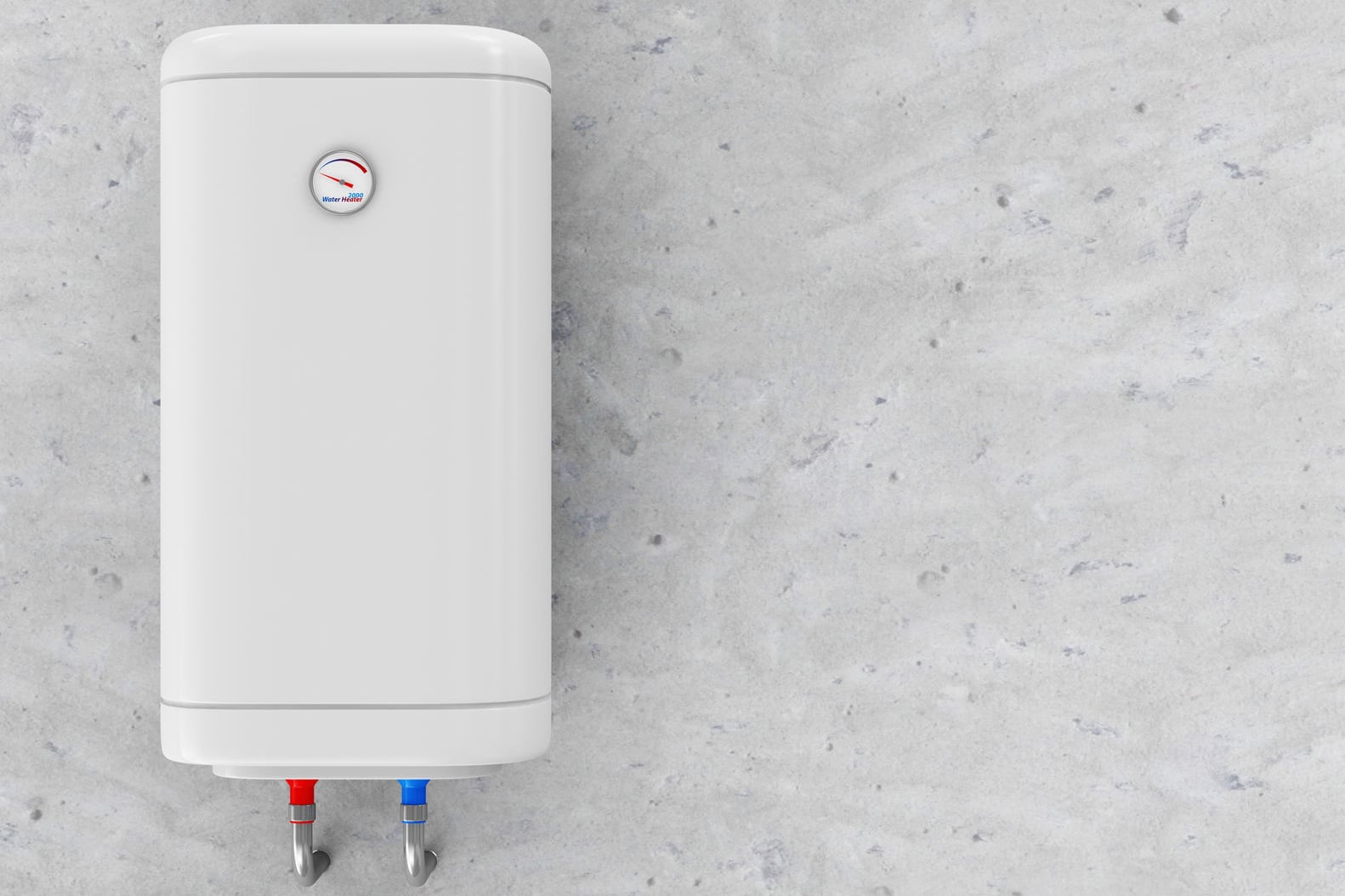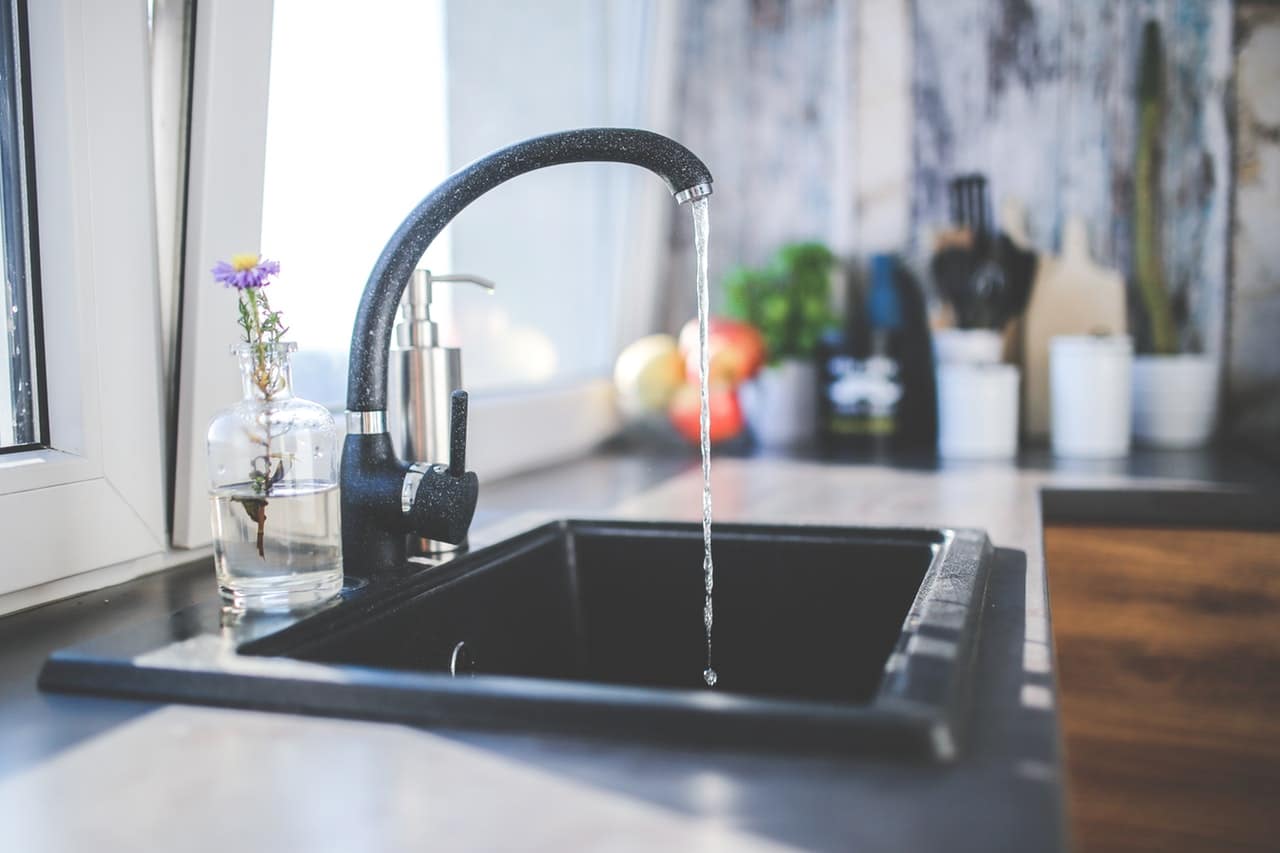Gone were the days when the storage water heaters or tank-type water heaters had the monopoly of all the water heating systems used in most households. Technological advancements in the design of water heaters, however, have brought about the introduction of the tankless heaters also called “continuous flow, “instantaneous,” or “on-demand water heaters.”
These tankless heaters have been another great option since it was introduced. These tankless heaters are high-powered water heaters that could heat water instantaneously as the water flows or moves through the device. These tankless water heaters also don’t retain water internally unlike that of the tank-type that stores water and keeps the water continuously hot inside for ready use.

IMAGE: PEXELS
Factors To Consider Before Buying A Tankless Water Heater
Since tankless water heaters are relatively new on the market as compared to the tank-type water heaters, many household owners still have no idea as to which size of tankless heater to avail of for their households. At the onset, it would be good to understand that tankless heaters are generally rated according to the maximum rise of temperature possible at any given water flow rate. Hence, it is critical that you know the temperature rise capability of your prospective tankless heater model and the flow rate.
You need to figure out too at the onset whether you would use the water heater for the whole household or for any remote application at your home. You should also not shortchange yourself by opting to undersize your tankless heater in order to save money.
It would surely be a big mistake to do so. Instead you should get the right size that could deliver the hot water needs of your household. Here are the salient tips that you should consider in order to determine the right size of tankless water heater that you should buy:
Know The Exact Number Of Devices You Need To Run And Figure Out The Total Flow Rate!
Before buying a tankless heater, first, you need to figure out the exact number of devices you would run using the heater and know the total flow rate. Afterwards, you should add up the flow rates using the “gallons per minute” unit of measurement. The result will be the desirable flow rate for your tankless water heater.
So, basically, you need to be good in math to be able to select the best tankless water heater for your household needs. Just kidding! But let’s say, you want to run hot water on your shower head and its flow rate is 3 gallons per minute. Simultaneously, you expect to run a water faucet with 1 gallon per minute flow rate. Adding both, you will come up with 4 gallons per minute flow rate. Thus, your tankless water heater must be capable of heating 4 gallons per minute flow rate.
Figure Out The Necessary Temperature Rise!
It is easy to determine the temperature rise produced by a tankless heater. You simply need to subtract the temperature of the incoming water from the output temperature that you want to achieve. At the onset, it would be good to assume a lower incoming water temperature if you are not sure about it. In doing so, you will not end up under-sizing your tankless heater.
You Should Figure Out Whether You Need A Point-Of-Use Tankless Water Heater Or A Whole-House Water System.
Point-of-use (POU) tankless heaters are usually situated where hot water will be used. This allows you to have instantaneous hot water supply on that part of your house. This setup lets you avoid or limit water wastage. It also allows you to save on your energy consumption as compared to that of a central setup of tankless water heaters. Some households, however, have a setup that features a combination of POU and central water heater, and this setup is good likewise.
The initial cost of installing POU’s on every zone of your household is surely more expensive. But the cumulative savings overtime far outweigh the initial costs for this setup.
Decide Whether You Would Like A Gas Tankless Water Heater Or An Electric One!
Gas tankless heaters can engender higher temperature rise as compared to that of the electric models. A gas-fired demand tankless heater could have a 70°F water temperature rise given a 5gpm flow rate as compared to an electric tankless heater that has a flow rate of 2gpm. Hence, at the onset, it would be good to decide on this matter before zeroing in on a particular tankless water heater unit.
If you are interested in even more lifestyle-related articles and information from us here at Bit Rebels, then we have a lot to choose from.

IMAGE: PEXELS
COMMENTS